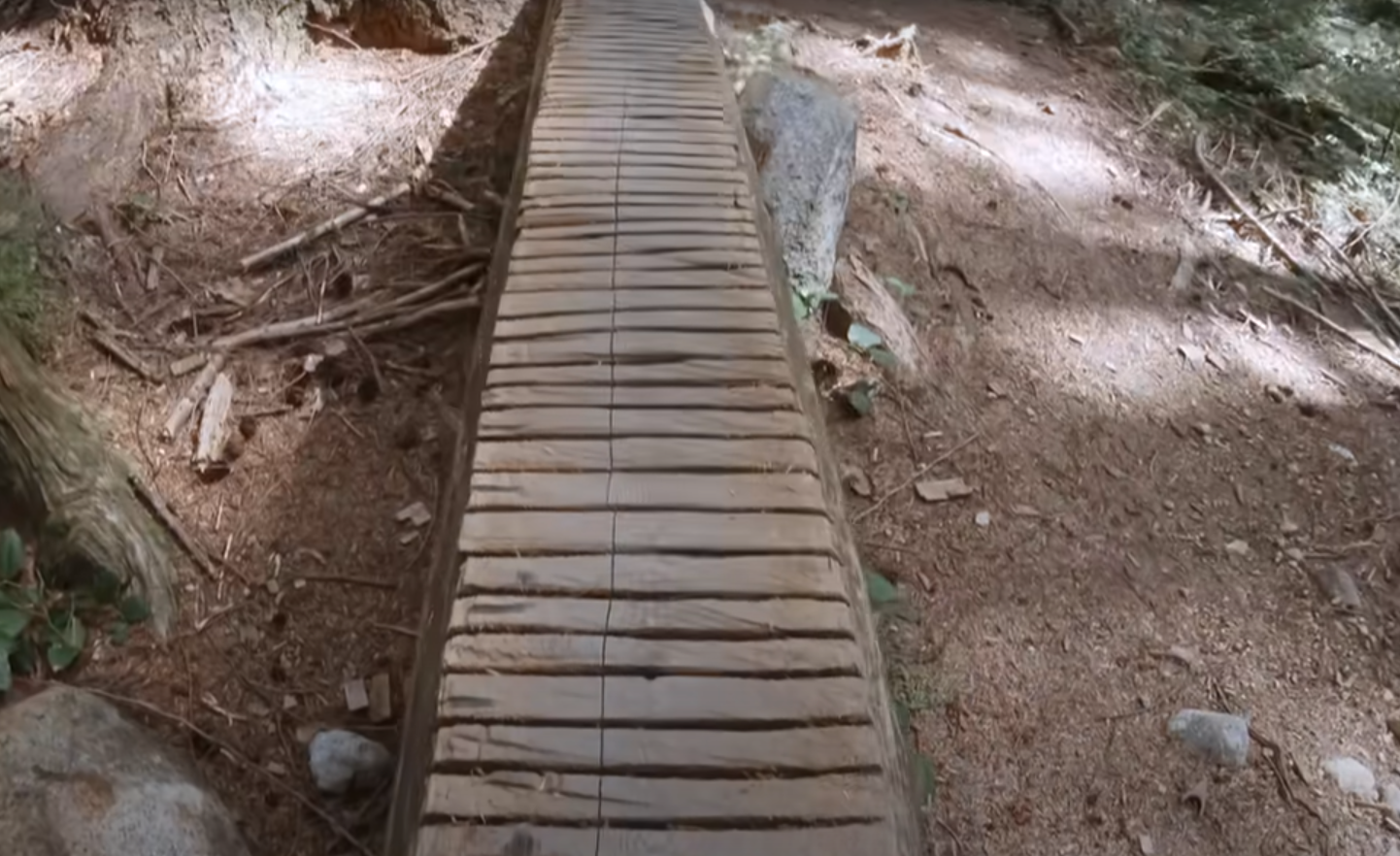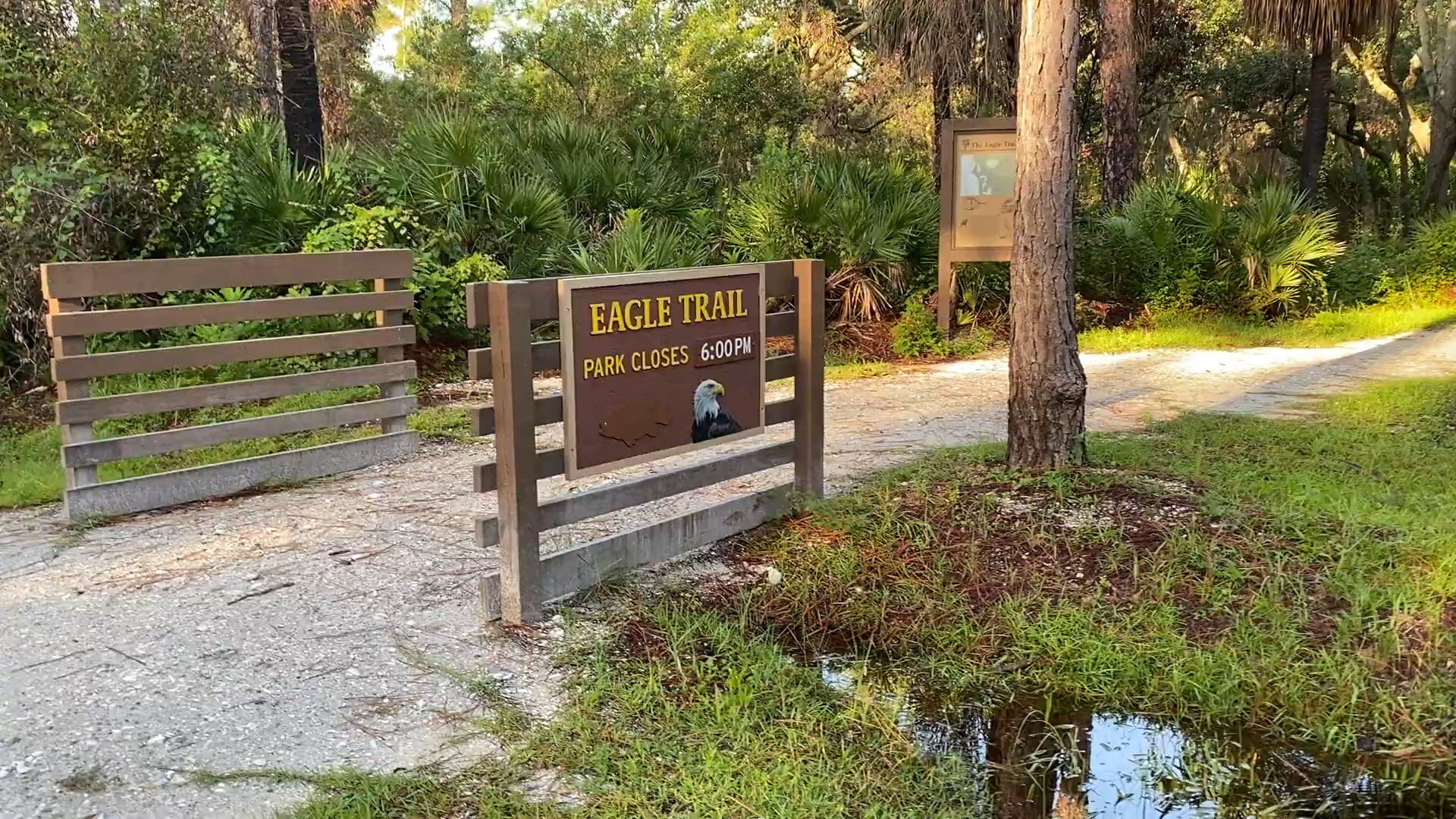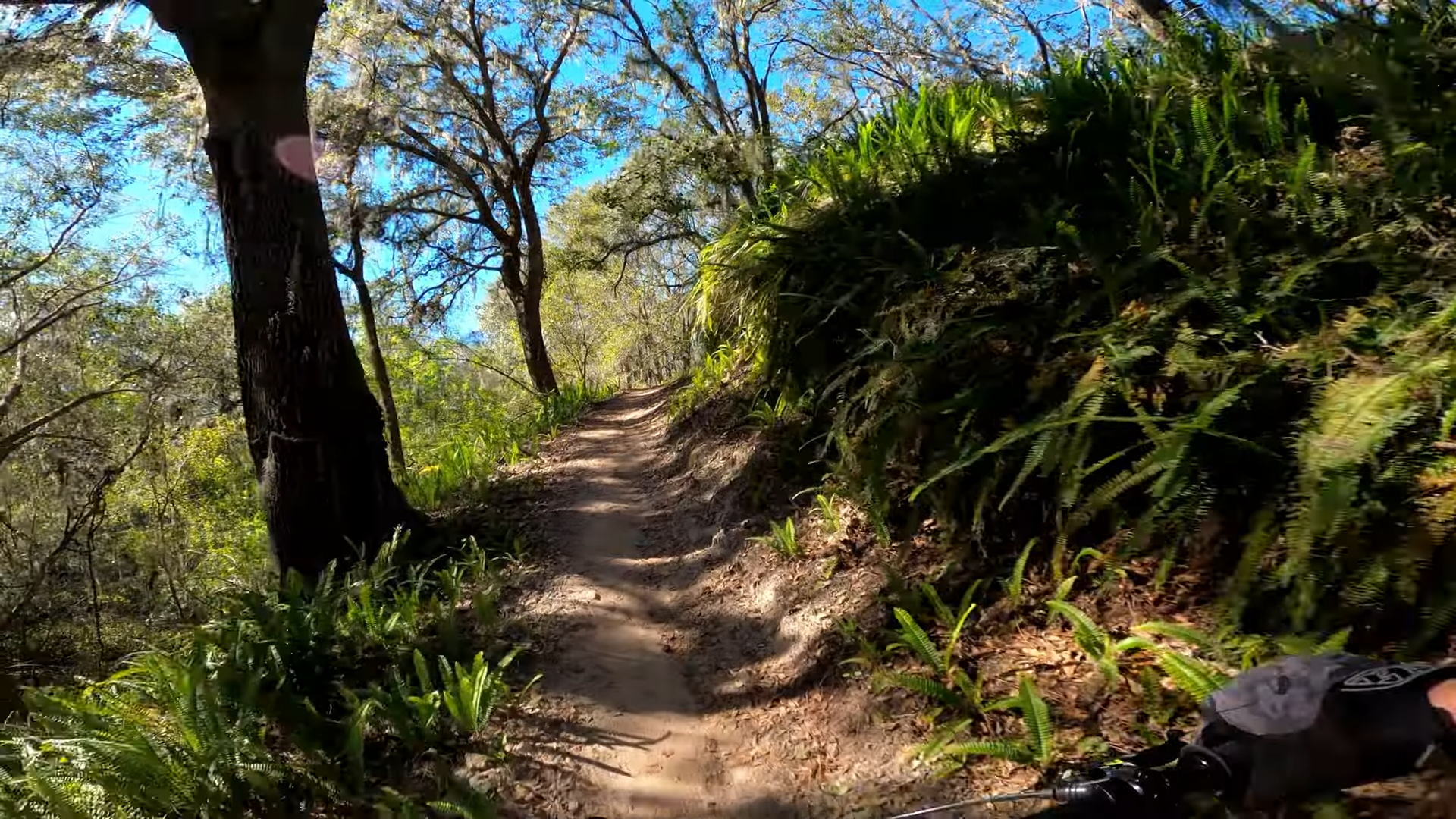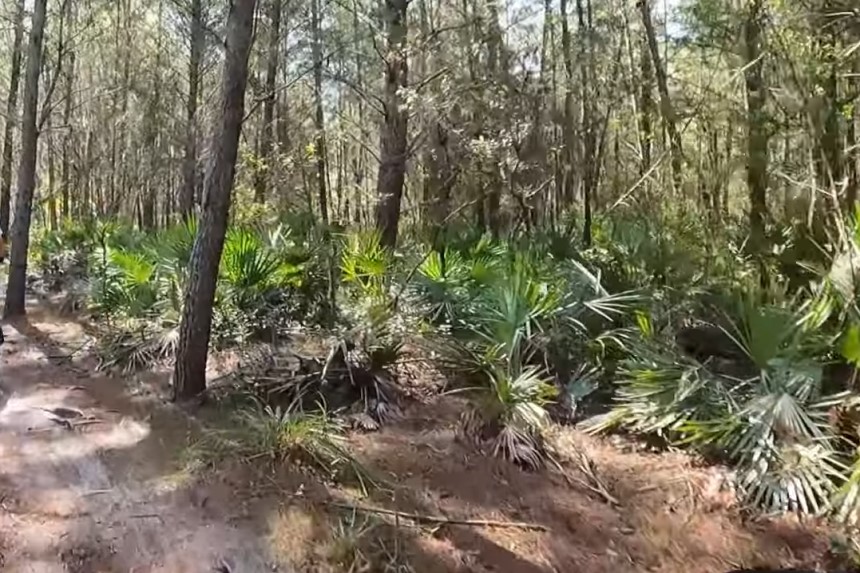- Trails
-
Bikes
-
Gear
-
Tips & Tricks
-
About us

 2.1 mi
2.1 mi

 0.6 mi
0.6 mi

 2 mi
2 mi

 20 mi
20 mi
Tampa city is situated along the Gulf Coast in West Florida and it is among the top three populous cities in the State alongside Miami and Jacksonville. It is on the northern Tampa Bay shore and bordered by Hillsborough Bay. The Hillsborough River is the main supplier of fresh water in Tampa and it also flows from Green Swamp into Tampa Bay which feeds the Gulf of Mexico. Old Tampa Bay is separated from Hillsborough Bay by the Interbay Peninsula which is next to Pinewood.
The size of Tampa city is 175.3 square miles and 35.3% of it is water. It features vibrant neighborhoods such as Ybor City, Tampa Heights, Downtown Tampa, Hyde Park, Seminole Heights and Davis Islands. There are many skyscrapers with modern architectural styles, including the 100 North Tampa which at 176 m in height is the tallest in Tampa.
| Land area (sq. m; sq. km) | 455.40 km2 |
| Minimum Elevation | 9.84 ft |
| Maximum Elevation | 48 ft |
The approximate population of Tampa City is 392,800 and Tampa Bay which is a metropolitan area has 3.1 million inhabitants. The national average rate of citizenship is 77.7% and there are 50.36% females and 49.64% males. The dominant racial and ethnic group is white which makes up more than half the population, and then Hispanic and Black.
The working population consists of more than 83% white collar employees and 16.12% blue collar workers. 70% of them are in the private workforce and 11.69% are employed in government institutions.
Tampa has 153,163 households with approximately two occupants and half of the residents are homeowners. According to the most recent census, the median age in Tampa is 35.9 years and the average household income is $97,942.
| Total population (thousands, million) | 387 050 (2021) |
| Population density (persons per sq. km) | 3,376.4/sq mi |
Tampa is known as the lighting capital and it is vulnerable to storms in summer due to the coastal development and rising sea levels. There is semi-tropical climate throughout the year with an average annual temperature of 73.1° F and the temperature rarely rises above 94°F or falls below 38°F.
The summer seasons are wet, long, hot and cloudy and the hot season lasts from May to October; the average daily high temperature is 86°F during this period and it increases to 90°F in July which is the hottest month. We recommend visiting Tampa from October to December and February to May when the weather is warm. From June to September, there are heavy downpours, lightning and afternoon thunderstorms as the air masses from the Gulf of Mexico and the Atlantic Ocean collide and this can create standing water on bike trails such as the Balm Boyette Scrub Trail.
The winter seasons are cool, short and windy and they last from December to February; the average daily high temperature at this time is 74°F and it falls to 71°F and lows of 52°F in January.
| Month | Average Temperature |
|---|---|
| January | 60°F |
| February | 63°F |
| March | 67°F |
| April | 72°F |
| May | 78°F |
| June | 82°F |
| July | 82°F |
| August | 82°F |
| September | 80°F |
| October | 75°F |
| November | 68°F |
| December | 63°F |
The 5000-acre Port Tampa Bay is the 7th largest in the country with annual cargo tonnage of 33 million. It is also a prominent cruise and fertilizer port. The latter is not surprising considering phosphate is the main export in the Tampa Bay region, followed by citrus. You can access the port via the Lee Roy Selmon Expressway or the Interstate 4 Selmon Expressway Connector.
The majority of residents commute to work alone by car and the average car ownership rate per household is two. Besides 1-4, there is also 1-275 and 1-74 Interstate Highways. The highways include Courtney Campbell Causeway, Veteran’s Expressway (FL 589) and Memorial Highway and there are major roads such as Gandy Boulevard, Dr. Martin Luther King Jr Boulevard, Dale Mabry Highway, Fowler Avenue, Willow Avenue, Channelside Drive, Hillsborough Avenue, Nebraska Avenue, and Kennedy Boulevard.
The large network of roads and highways eases access to bike trails such as the Tampa Riverwalk which is along Channelside Drive and lined with museums such as the Tampa Museum of Art and the Tampa Bay History Center, and parks such as the Curtis Hixon Waterfront Park and Cotanchobee Fort Brooke Park. You can also view the skyline, Amalie Arena and the Florida Aquarium.
Tampa is also home to Tampa International Airport and St. Pete-Clearwater International Airport. Brooksville Subdivision and Clearwater Subdivision are the main railroad lines in Tampa bay.
Many people associate Tampa with shorelines, sunshine and cigars but the city has a lot more to offer.
When riding in Tampa, you will get a chance to see various ecological and wildlife gems. For instance, the Eagle Trail at Upper Tampa Bay Conservation Park is lined with pines, mangroves, coastal hammocks and salt and freshwater marshes and you will spot gopher tortoises, otters, bald eagles, roseate spoonbills, manatees, bobcats, dolphins, and ospreys.
Other tourist attractions include:
The Rollercoaster trail at Alafia River State Park will offer you the challenge you need because it has large elevation changes, high-speed turns, steep grades, chilling ridge-top routes and intimidating drops. The trail also meets the standards set by the International Mountain Bicycling Association. Ridgeline trail is another great option with the ideal speed and steepness for advanced riders.
There are trails that are suitable for beginners, intermediate and expert riding. A good example is the Balm Boyette Scrub trail with several miles of single tracks along the lake, ferns and prairie meadows. It features short climbs for newbies as well as fast-flowing terrains for intermediates and expert trails such as the South Abyss.
Besides offering gorgeous waterfront views of the Hillsborough River, the asphalt-paved trail with protected bike lanes has several museums, parks, restaurants, hotels, monuments and recreation spots. It is also near the cruise terminals and the University of Tampa which you access via the Cass Street Bridge.